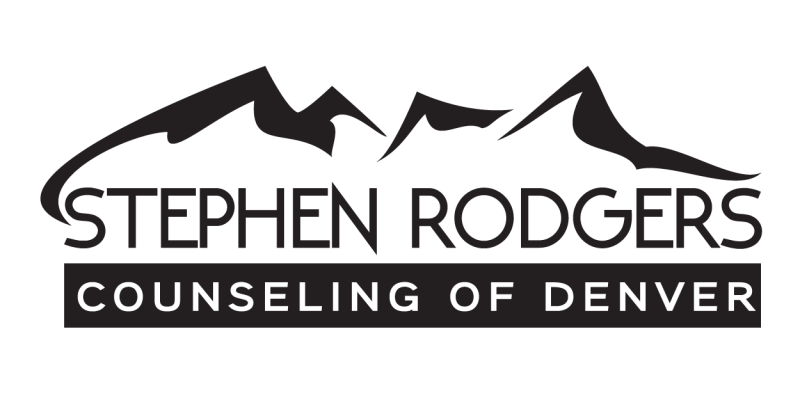A common type of psychotherapy or mental health counseling, cognitive behavioral therapy can help to address a wide range of symptoms of mental illness, disorders, anxiety and depression.

Along with helping to manage and overcome negative emotions, this type of counseling is ideal for helping to cope with stressful life situations, such as:
- Mental illness management and relapse prevention
- Including those related to:
- Sleeping
- Eating
- Substance Abuse
- Phobias
- Anxieties
- Depression
- Bipolar Disorder
- OCD
- PTSD
- Personality Disorders
- Schizophrenia
- Including those related to:
- Relationships and communication techniques
- Conflict resolution
- Grief
- Coping with medical illness, chronic physical symptoms and pain management
- Overcoming physical trauma such as violence or abuse
- Adjusting to major or sudden life changes such as divorce or relocation
It’s a Structured, Goal-Oriented Approach
Cognitive behavioral therapy aims to address specific problems and is a traditionally goal-oriented approach to “…help you become aware of inaccurate or negative thinking, so you can view challenging situations more clearly and respond to them in a more effective way” (Mayo Clinic, “Tests and Procedures – Cognitive behavioral therapy”).
Normally considered a short-term treatment plan, appointments are scheduled regularly and follow a set structure lasting between 10-20 visits. Sessions could be individual one-on-one’s or group sessions, depending on your needs and preferences.
Here’s How the Treatment Process Works
Generally, this type of therapy follows a 4-step treatment process:
- Identifying the Issue
The first couple of sessions will likely consist of figuring out what exactly the issues are that need working on, as well as the conditions surrounding them and your history of physical and emotional circumstances. From this, creating goals to resolve the problem will be identified and a plan of action going forward will be created.
- Getting to Know Your Perspective
After identifying the problem, learning what your thoughts, beliefs and emotions are about the situation reveals the way you see and interpret it.
- Pinpointing Negative and Inaccurate Thoughts
In this stage, negative thought patterns that could be contributing to or worsening the problem are identified.
- Challenge Negative and Inaccurate Thinking
Finally, the patterns of negative or inaccurate thinking are challenged by evaluating whether the thoughts are based on fact or an inaccurate perception. From here, new and positive thinking patterns are developed and worked on to become habit.
If You Feel Ready To Reach Out…
If you feel overwhelmed with a stressful situation or need help managing a mental illness or disorder, connecting with a licensed therapist is a step to finding balance and a healthy resolution.
Stephen Rodgers is a second generation psychotherapist and provides a number of treatment options. Call 720-295-4233 or click below to book a session. You can also send us a message through our contact form here.
[maxbutton id=”2″ ]…[maxbutton id=”1″ ]






